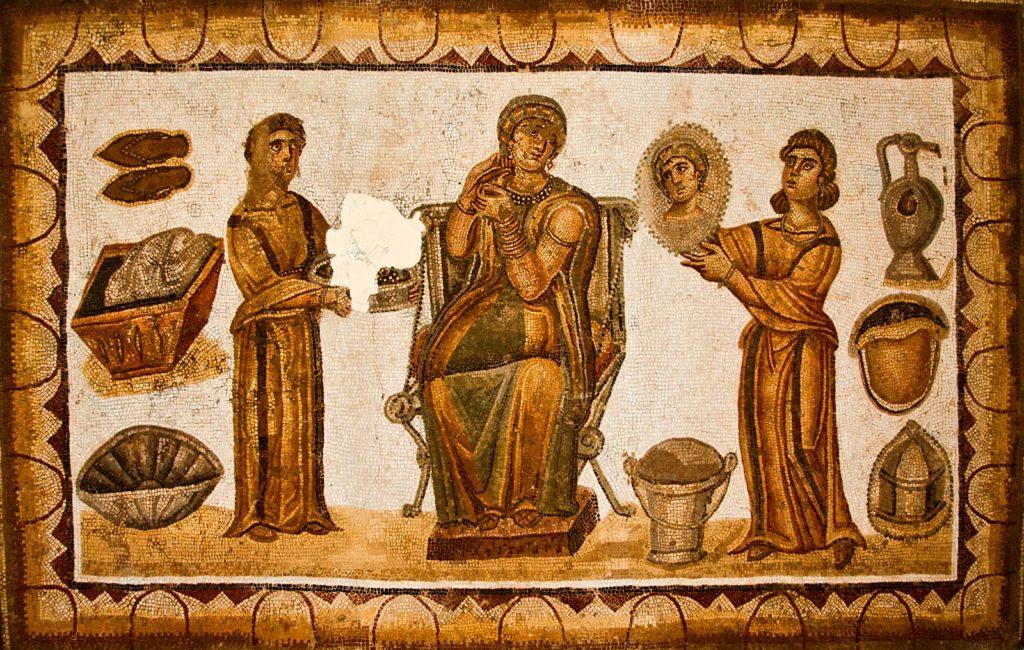
Huomenna suuntaan Oxfordiin, jossa pidetään legendaarinen konferensssi ”XVIII International Conference on Patristics Studies”. Sadat (ehkä 900?) myöhäisantiikin ja varhaisen kristinuskon tutkijat kokoontuvat viikoksi pitämään tieteellisiä esitelmiä. Luvassa on lähes 900 esitelmää.
Itse esiinnyn kaksiosaisessa paneelissa, jonka teemana on muuttoliike myöhäisantiikissa, ”Migration: Rhetoric and Reality in Late Antiquity”.
Oman esitelmäni on muodikkaasti nimeltään ”Handmaid’s tale in a fourth-century format: Ausonius and Bissula”. Vaikka Ausonius on myöhäisantiikin runoilijoista se sympaattisin, en aio päästää häntä helpolla.
Esitelmäni abstrakti
One form of migration in Late Antiquity was the traffic with slaves and captives of war. My paper will discuss one individual case that is conveyed by the poet Ausonius in fourth-century Gaul. Ausonius composed a small set of poems to his alumna Bissula who had probably been taken as captive during Valentinian I’s expedition in the Rhine region against the Alemanni in 368. Ausonius mentions Bissula as a spoil of war and of Suebian origin. Ausonius’ set of poems praise her as delicium, blanditiae, ludus, amor, voluptas (Aus. Biss. 4.1). Who was Bissula and what was her role in Ausonius’ household? Was she a foster child or a concubine? Was she even a historical person? The perspective to Bissula, the booty of war, is inescapably Ausonius’, the learned Roman aristocrat. Therefore, what we eventually can discuss is the Roman colonial gaze in Late Antiquity. In his delight of the Suebian girl, Ausonius depicts her as better than Roman ones – with exotic colouring of Occidentalism. I will also analyse the poem from the viewpoint of Romanization: Bissula becomes ambigua, by her origin and looks Rheno genita, by her language – and, it is implied, the adopted culture – Latin.

